Molecular clouds are among the most fascinating and complex structures in the universe, serving as the primary sites for star formation. These dense regions of gas and dust are primarily composed of hydrogen molecules, along with other elements and compounds, including helium, carbon monoxide, and various ices. Their significance extends beyond mere star formation; they play a crucial role in the chemical evolution of galaxies and the lifecycle of interstellar matter.
Understanding molecular clouds is essential for astronomers and astrophysicists as they seek to unravel the mysteries of the cosmos. The study of molecular clouds has gained momentum with advancements in observational technology, allowing scientists to probe deeper into these enigmatic regions. The intricate interplay of gravity, temperature, and magnetic fields within molecular clouds creates a dynamic environment where new stars are born.
As we delve into the formation, composition, and implications of these clouds, we uncover not only the processes that lead to star birth but also the broader impact these structures have on galactic evolution and planetary system formation.
Key Takeaways
- Molecular clouds are dense and cold regions in space where new stars are born.
- These clouds are primarily composed of molecular hydrogen, along with other elements and compounds.
- Molecular clouds play a crucial role in the formation of stars and planetary systems.
- Observing and studying molecular clouds can provide valuable insights into the processes of star formation and galactic evolution.
- Understanding the physical properties of molecular clouds is essential for unraveling their impact on the formation and evolution of planetary systems.
Formation and Composition of Molecular Clouds
Molecular clouds form from the accumulation of interstellar gas and dust over time, often triggered by various astrophysical processes. One common scenario involves the shock waves produced by supernova explosions or the collision of different gas clouds. These shock waves compress the surrounding material, leading to regions of higher density where molecules can coalesce.
As gravity takes hold, these regions can collapse further, giving rise to the dense cores that eventually become stars. The composition of molecular clouds is primarily dominated by hydrogen molecules (H₂), which account for about 70% of their mass. However, they also contain a variety of other molecules and elements, including carbon monoxide (CO), ammonia (NH₃), and even complex organic molecules.
The presence of dust grains within these clouds plays a critical role in their chemistry and thermal properties. Dust not only absorbs and scatters light but also facilitates chemical reactions by providing surfaces for molecules to adhere to. This rich chemical environment is essential for the formation of complex organic compounds that may eventually contribute to the emergence of life.
Role of Molecular Clouds in Star Formation
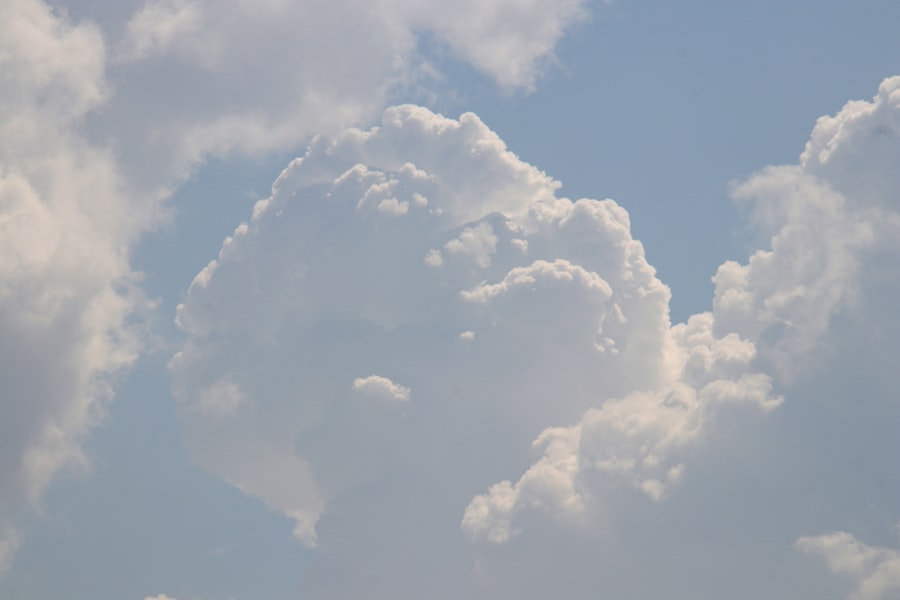
Molecular clouds are often referred to as stellar nurseries due to their pivotal role in star formation. Within these clouds, regions of high density can collapse under their own gravity, leading to the formation of protostars. As a protostar forms, it gathers material from its surroundings, increasing in mass and temperature.
This process is accompanied by the release of energy, which can heat the surrounding gas and dust, creating a feedback loop that influences further star formation within the cloud. The process of star formation within molecular clouds is not uniform; it can vary significantly based on local conditions such as temperature, density, and turbulence.
The interaction between newly formed stars and their environment can also trigger further star formation by compressing nearby gas and dust. This interconnectedness highlights the importance of molecular clouds not only as birthplaces for individual stars but also as catalysts for broader stellar populations within galaxies.
Observing and Studying Molecular Clouds
| Cloud Name | Distance from Earth (light years) | Size (light years) | Mass (solar masses) |
|---|---|---|---|
| Orion Molecular Cloud | 1,344 | 24 | 200,000 |
| Perseus Molecular Cloud | 600 | 20 | 10,000 |
| Taurus Molecular Cloud | 430 | 12 | 30,000 |
Observing molecular clouds presents unique challenges due to their dense nature and the obscuring effects of dust. Traditional optical telescopes struggle to penetrate these clouds, necessitating the use of alternative observational techniques. Radio telescopes have become invaluable tools for studying molecular clouds, particularly through the observation of spectral lines emitted by various molecules such as CO.
These observations allow astronomers to map the distribution and density of gas within molecular clouds. In addition to radio observations, infrared telescopes have proven effective in studying the warmer regions of molecular clouds where star formation is actively occurring. Instruments like the Spitzer Space Telescope and the James Webb Space Telescope (JWST) have provided unprecedented views into these regions, revealing intricate structures and complex interactions between gas and dust.
By combining data from multiple wavelengths—radio, infrared, and even X-ray—scientists can build a comprehensive picture of molecular clouds and their role in the broader context of galactic dynamics.
Physical Properties of Molecular Clouds
Molecular clouds exhibit a range of physical properties that influence their behavior and evolution. One key characteristic is their density, which can vary significantly from one cloud to another. Typical densities in molecular clouds range from 100 to 10,000 particles per cubic centimeter, with denser cores reaching up to 10^6 particles per cubic centimeter.
This high density is crucial for facilitating gravitational collapse and subsequent star formation. Temperature is another critical factor affecting molecular clouds. Most molecular clouds exist at relatively low temperatures, typically around 10 to 20 Kelvin.
These low temperatures allow hydrogen molecules to form and persist without being dissociated by thermal energy. However, localized heating from nearby stars or shock waves can create temperature gradients within a cloud, influencing its dynamics and star formation potential. Additionally, magnetic fields play a significant role in shaping molecular clouds; they can help regulate collapse rates and influence the motion of gas within these structures.
Molecular Clouds and Planetary System Formation
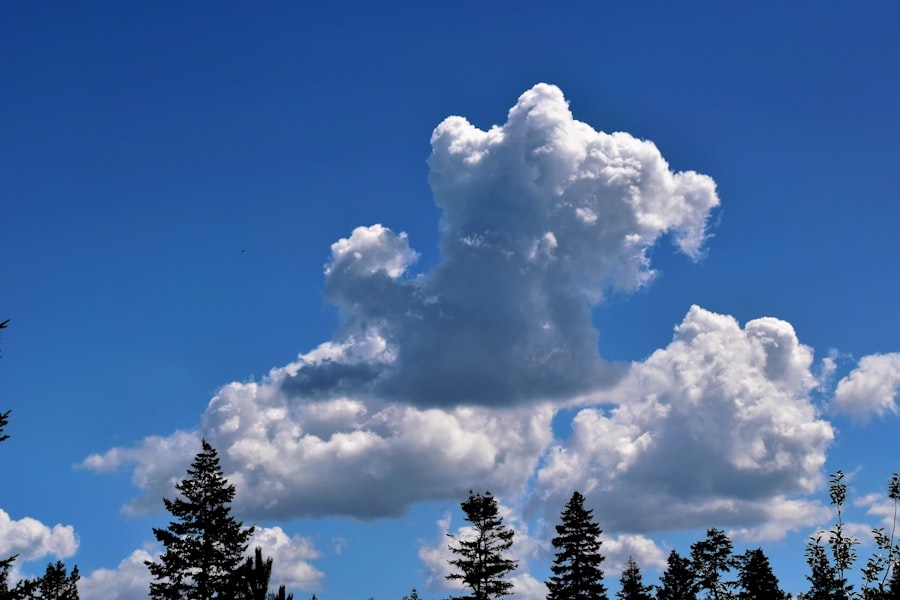
The connection between molecular clouds and planetary system formation is profound and multifaceted. As stars form within molecular clouds, they often do so in clusters, surrounded by rotating disks of gas and dust known as protoplanetary disks. These disks are the precursors to planetary systems, where material coalesces over time to form planets, moons, asteroids, and other celestial bodies.
The composition of the material within these protoplanetary disks is influenced by the chemical makeup of the original molecular cloud from which they formed. Elements such as carbon, oxygen, nitrogen, and various metals play crucial roles in determining the types of planets that can form. For instance, terrestrial planets like Earth require a different set of conditions compared to gas giants like Jupiter.
The study of isotopic ratios in meteorites has provided insights into the conditions present in early solar systems, revealing how molecular cloud chemistry can influence planetary development.
Impact of Molecular Clouds on Galactic Evolution
Molecular clouds are not only vital for star formation but also play a significant role in shaping the evolution of galaxies themselves. As stars form within these clouds and eventually reach the end of their life cycles—through supernova explosions or other processes—they return material back into the interstellar medium (ISM). This recycling of material enriches the ISM with heavy elements produced during stellar nucleosynthesis, contributing to the chemical evolution of galaxies.
Furthermore, molecular clouds can influence galactic dynamics through their gravitational interactions with other structures within a galaxy. For example, when two galaxies collide or interact gravitationally, their respective molecular clouds can merge or be disrupted, leading to bursts of star formation known as starbursts. These events can significantly alter a galaxy’s structure and star formation rate over time.
Future Research and Discoveries in Molecular Clouds
The field of molecular cloud research is poised for exciting developments as new observational technologies continue to emerge. The advent of next-generation telescopes like the James Webb Space Telescope promises to provide deeper insights into the structure and dynamics of molecular clouds across various wavelengths. These observations will enhance our understanding of how molecular clouds evolve over time and their role in different galactic environments.
Moreover, advancements in computational modeling are enabling scientists to simulate complex processes within molecular clouds more accurately than ever before.
As researchers continue to explore these enigmatic structures, we can expect groundbreaking discoveries that will deepen our understanding of not only molecular clouds but also the fundamental processes that govern our universe’s evolution.
If you are interested in learning more about propositional and predicate logic, you should check out the article Propositional and Predicate Logic: Understanding Variables. This article delves into the intricacies of logic and how variables play a crucial role in reasoning. It is a fascinating read for those looking to expand their knowledge in this area.

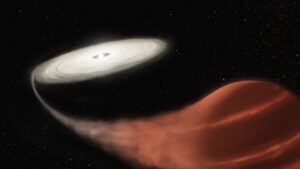





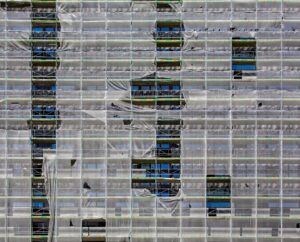


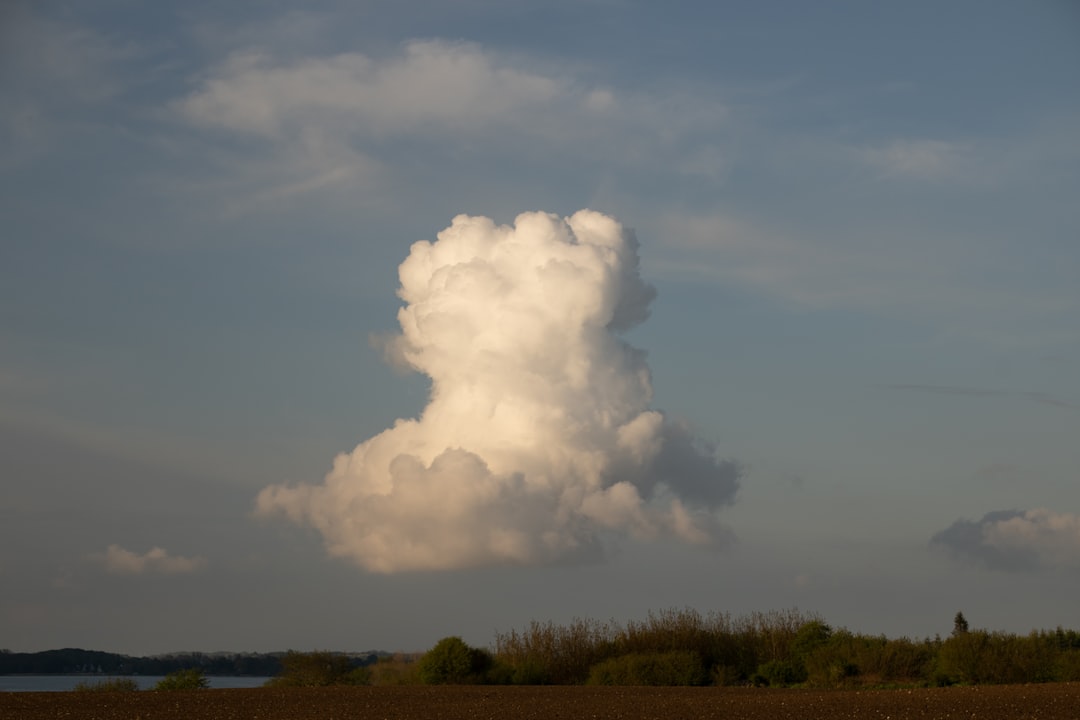







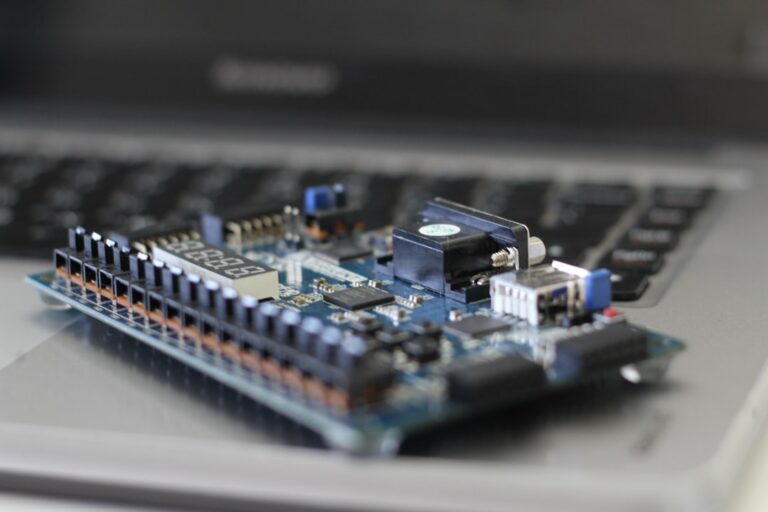


+ There are no comments
Add yours